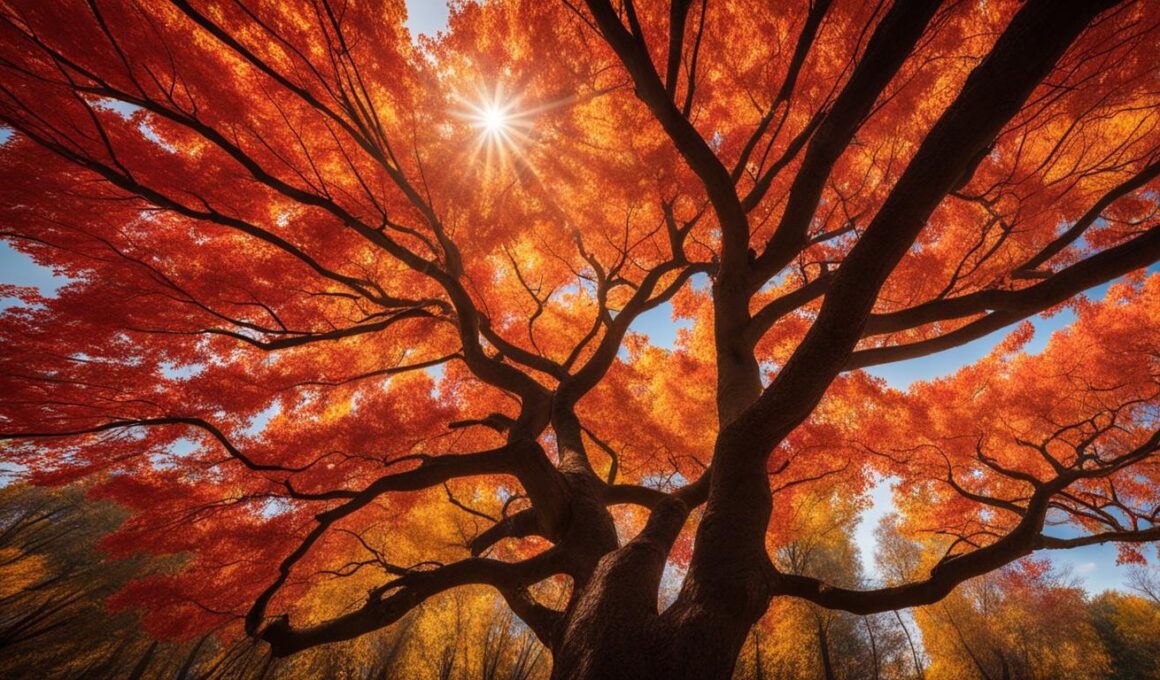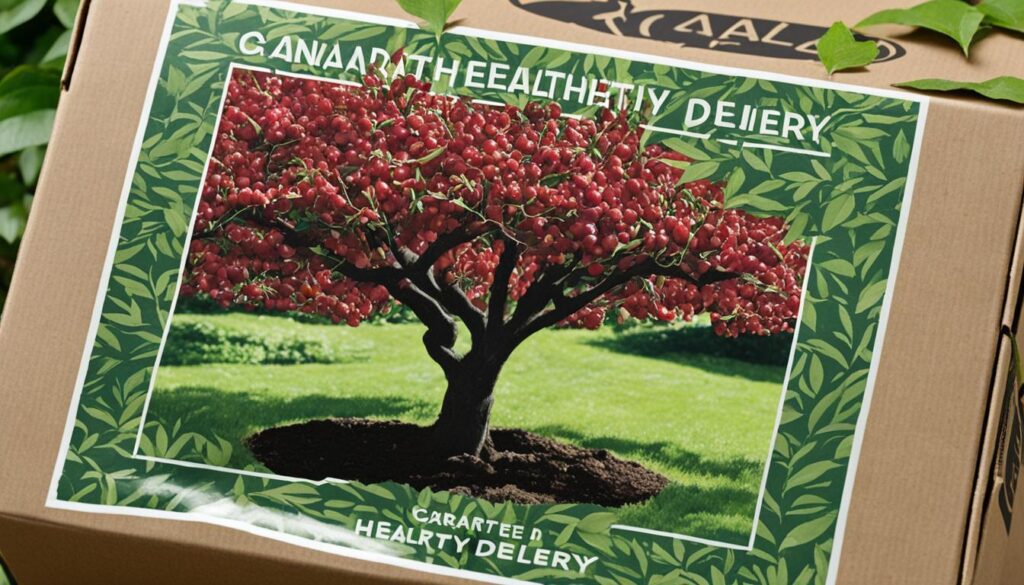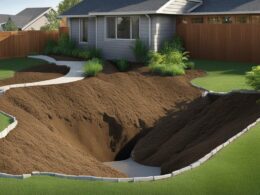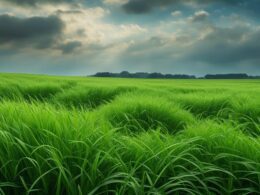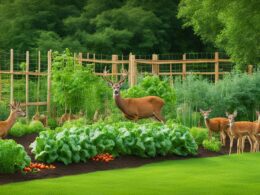The Canada Red Cherry Tree is a stunning addition to any landscape, especially during the autumn season. Its vibrant foliage adds a touch of red and burgundy hues, creating a beautiful display of colors that will enhance the beauty of your outdoor space. Whether you have a small garden or a larger landscape, the Canada Red Cherry Tree is a versatile choice that can be incorporated into various settings.
Proper care and attention are essential for the Canada Red Cherry Tree to thrive and showcase its full autumn splendor. In this article, we will explore some care tips and the many benefits of planting a Canada Red Cherry Tree in your landscape.
When it comes to trees, the Canada Red Cherry Tree is a popular choice due to its ornamental qualities, stunning fall color, and various benefits. From providing shade to attracting pollinators, this tree offers a range of advantages that can enhance your outdoor space. Whether you’re a seasoned gardener or a beginner, the Canada Red Cherry Tree is an excellent option that will add visual interest and a touch of elegance to your landscape.
Stay tuned for the next sections of this article, where we will explore guaranteed healthy delivery options for the Canada Red Cherry Tree and dive deeper into its features and benefits.
Guaranteed Healthy Delivery and Tree Options
When ordering trees from The Arbor Day Foundation, you can rest assured that your order will arrive in good, healthy condition. They guarantee the delivery of healthy trees and plants and offer replacements if needed.
The Canada Red Cherry Tree is available as either a bare-root tree or a potted tree. Bare-root trees are shipped without soil, while potted trees come in various sizes and have their roots packed in soil.
Depending on your preferences and the size of your landscape, you can choose between standard height trees or semi-dwarf height trees. Each option has its own benefits, such as shade coverage, easier fruit harvesting, and fitting into smaller spaces.
Features and Benefits of the Canada Red Cherry Tree
The Canada Red Cherry Tree, also known as the chokecherry, is a native tree with both ornamental and functional qualities. In the spring, it produces long clusters of fragrant white flowers, providing early-season food for pollinators. As the season progresses, the green leaves of the tree transition to a deep burgundy-purple color, creating a stunning visual display.
The Canada Red Cherry Tree is an excellent choice as a shade tree, offering just the right amount of shade without completely blocking out sunlight. Its dense foliage provides a cool and comfortable environment for outdoor activities during hot summer months. In the fall, the leaves turn vibrant orange and red, adding another layer of beauty to your landscape.
Aside from its ornamental qualities, the Canada Red Cherry Tree also bears small edible fruits. These cherry-like fruits attract birds and wildlife to your garden, while also serving as a delicious treat for you and your family. They can be used to make sauces, jellies, or enjoyed fresh off the tree. The Canada Red Cherry Tree truly offers the best of both worlds: stunning visuals and tasty rewards.
Overall, the Canada Red Cherry Tree is a well-rounded tree that grows fast and requires minimal care. Its beauty, shade-providing capability, fall color, and edible fruits make it a valuable asset to any landscape. Planting a Canada Red Cherry Tree in your yard will not only enhance the aesthetic appeal of your property but also provide you with a source of enjoyment and delicious harvest for years to come.
Are Royal Frost Birch Trees a Good Complement to Canada Red Cherry Trees in a Landscape?
Yes, royal frost birch trees are a great landscape addition when paired with Canada red cherry trees. The contrast between the white bark of the birch trees and the red foliage of the cherry trees creates a stunning visual impact. The combination adds variety and interest to the landscape.





